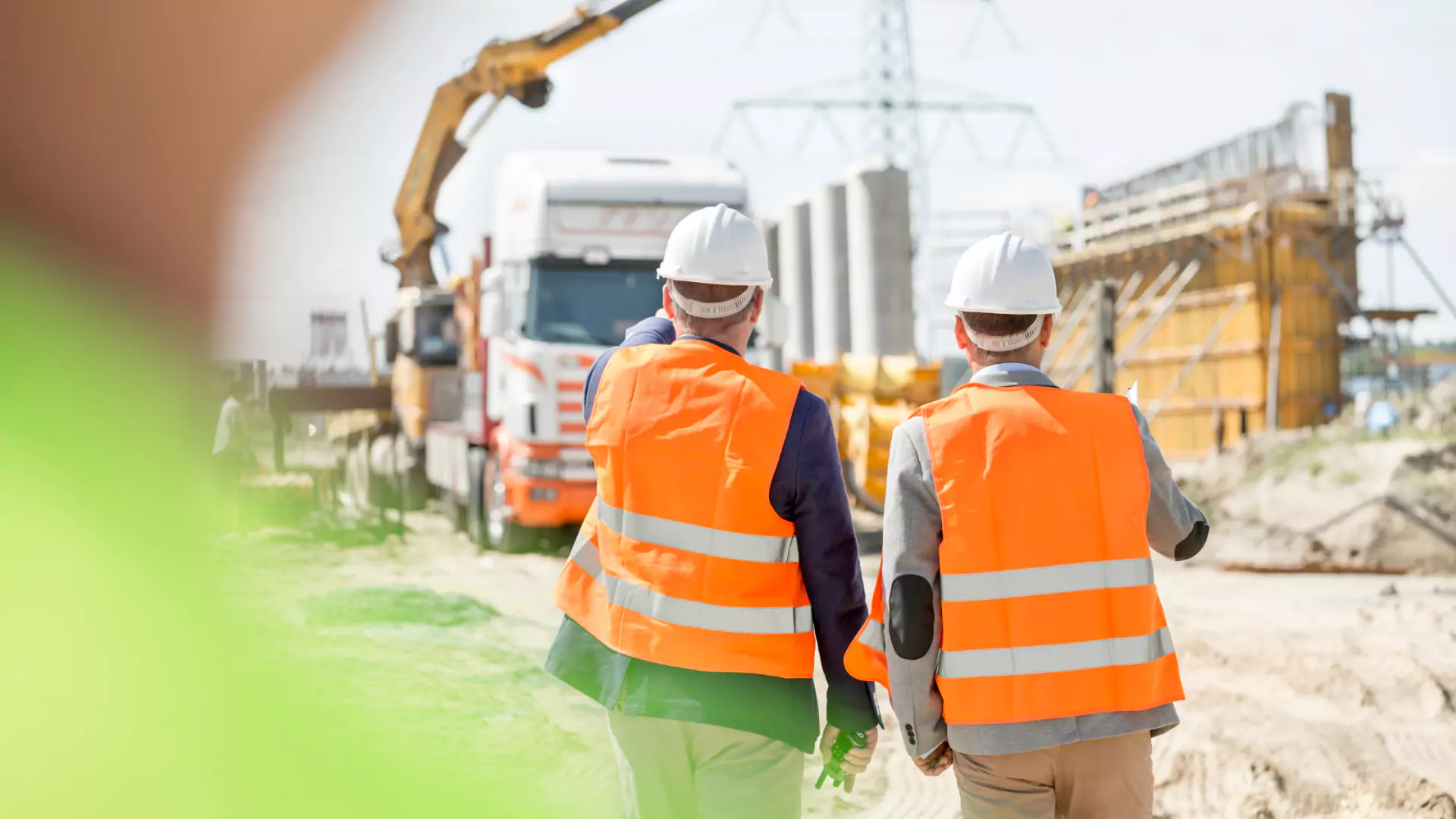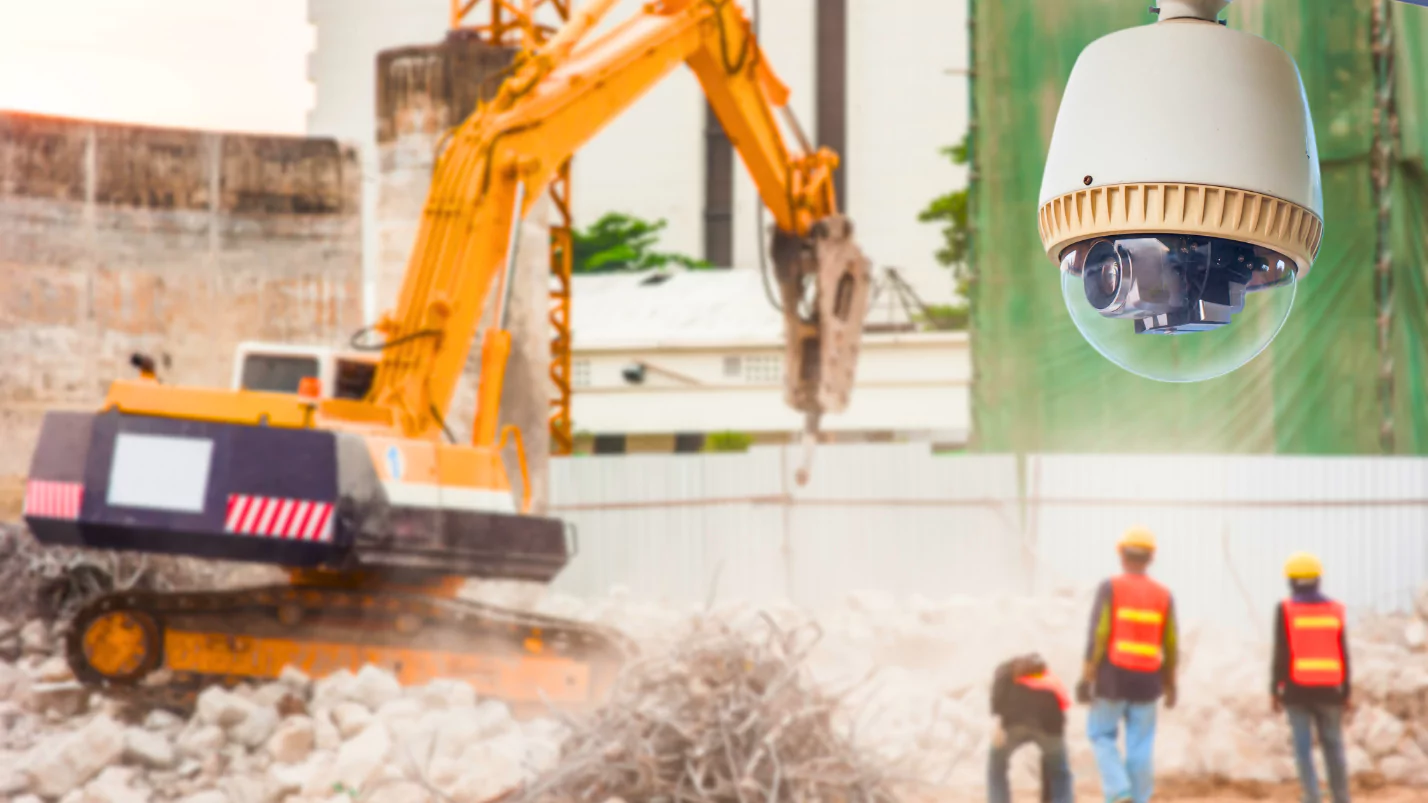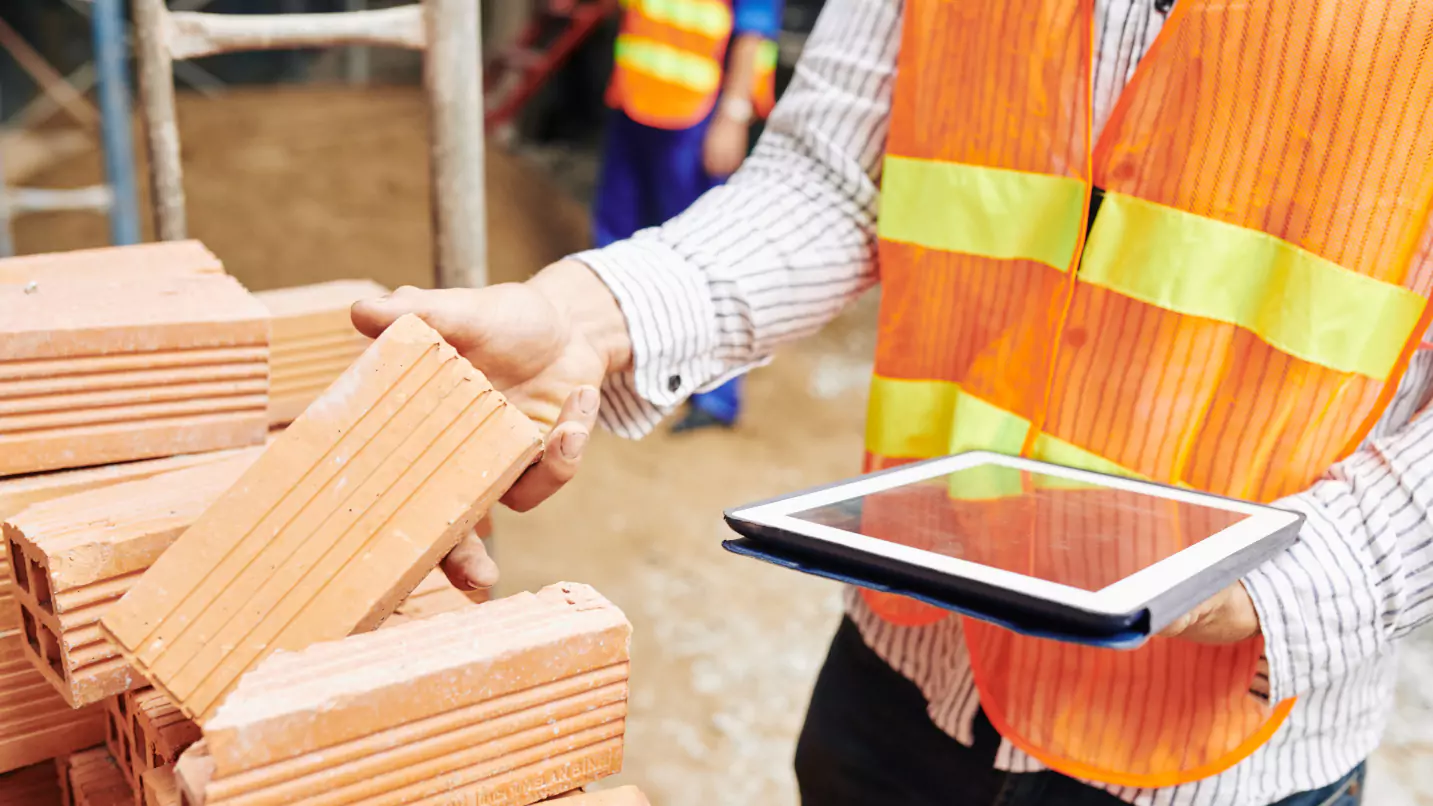Proactive Measures to Prevent Construction Equipment Theft

Picture this: a bustling construction site, with workers hustling to complete their tasks and heavy machinery buzzing with activity. But amidst this productive scene, a lurking threat can disrupt the entire operation – construction equipment theft.
Did you know that construction equipment theft is a rampant issue that costs businesses worldwide billions of dollars annually? According to the National Equipment Register, construction equipment theft amounts to around $300 million to $1 billion in yearly losses. These numbers show the financial impact that can befall construction companies due to this pervasive problem.
But it’s not just about the financial consequences. Construction equipment theft can also have severe operational implications. When vital machinery suddenly goes missing, projects can grind to a halt, resulting in delays, missed deadlines, and dissatisfied clients. Additionally, replacing stolen equipment can significantly strain a company’s resources, reducing profitability and disrupting cash flow.
Given the substantial risks and consequences of construction equipment theft, businesses must proactively protect their valuable assets. Taking measures to prevent theft is not just a matter of safeguarding equipment – it is an essential step towards ensuring the smooth running of construction projects, preserving profitability, and maintaining a stellar reputation in the industry.
In this article, we’ll shed light on the importance of taking proactive measures to protect business assets, offering valuable insights and strategies to prevent theft. By employing these proactive measures, construction businesses can fortify their defenses, minimize risks, and maintain uninterrupted project progress.
Contributing Factors to Construction Equipment Theft
But first, let’s explore the factors that increase your risk for construction equipment theft. It’s crucial to understand these factors before you can come up with smart plans to keep your assets safe.
• Lack of Proper Security Measures: Insufficient fencing, inadequate security systems, and poor lighting around construction sites create an environment that is more accessible and tempting for thieves. When construction equipment is left unsecured, particularly during non-working hours, it becomes an easy target for theft.
• High Demand for Construction Equipment: Construction equipment, such as excavators, loaders, and generators, have a high market demand, making them attractive to thieves. Stolen equipment can be quickly and easily sold on the black market or online, making it challenging to recover stolen items.
• Remote Locations and Limited Supervision: Construction sites are often situated in remote areas or locations with limited visibility, making them vulnerable to theft. Thieves target these remote areas due to the lower chances of being detected. Construction equipment left unattended overnight or during weekends is especially susceptible to theft.

• Weak Monitoring and Surveillance: Insufficient or outdated surveillance systems make detecting theft or tracking stolen equipment difficult. Thieves can operate undetected without proper monitoring and surveillance, increasing the risk of equipment theft. Lack of active surveillance personnel on-site or remotely monitoring the site also contributes to the vulnerability of construction equipment.
• Inadequate Employee Training and Awareness: Poor record-keeping of equipment serial numbers and identification marks makes identifying and recovering stolen items challenging. Plus, it can result in delays when reporting theft and filing insurance claims, further complicating the recovery process.
• Organized Crime Involvement: Organized criminals with extensive industry knowledge frequently carry out construction equipment theft. These criminals often have connections to resellers or other criminal networks, making tracing and recovering stolen equipment more challenging.
• Resale Market Accessibility: The advent of online marketplaces and auction platforms has allowed thieves to sell stolen construction equipment anonymously. The anonymity offered by these platforms makes it difficult for law enforcement agencies to track down and recover stolen equipment.
• Inadequate Serial Number Documentation: Poor record-keeping of equipment serial numbers and identification marks makes it challenging to identify and recover stolen items. Plus, it can result in delays when reporting theft and filing insurance claims, further complicating the recovery process.
Best Practices in Preventing Construction Equipment Theft

1. Implement strict access controls.
One of the simplest but most effective ways to prevent construction equipment theft is to limit access to your site. Install sturdy perimeter fencing and lock all access points when they are not in use. Control who has access to the construction site and record everyone entering and leaving.
2. Utilize surveillance cameras and security lighting.
Installing surveillance cameras in strategic locations can act as both a deterrent and an effective tool for catching thieves. Ensure the cameras cover the entire construction site, including storage areas and parking lots. Additionally, ensure they have night vision capabilities and can withstand outdoor conditions.
We also recommend ensuring your site is well-lit, as thieves prefer to operate in the dark. Installing adequate lighting around your construction site can deter criminals from approaching your equipment. Use motion sensor lights to startle intruders and make them think twice before attempting to steal anything.
3. Invest in tracking devices.
Consider investing in tracking devices for your construction equipment. These devices can be attached to your machinery and allow you to monitor their location in real-time. In case of theft, they can significantly increase the chances of recovery.

4. Conduct regular equipment inventory.
Keep an updated inventory of all your construction equipment and conduct regular audits to ensure nothing is missing. This way, you can quickly identify and report any stolen equipment to the authorities.
5. Mark and register your equipment.
Marking your construction equipment with a unique identifier, such as a company logo or identification number. This practice can make it more challenging for thieves to resell and easier for law enforcement agencies to identify and recover stolen equipment. Furthermore, equipment registration to the National Equipment Register (NER) can increase the odds of recovery and discourage theft. NER serves as a comprehensive database of construction equipment and provides law enforcement agencies with quick access to information about stolen assets.
6. Implement a construction incident report system and train your staff to use it.
An incident report system allows employees to report any suspicious activity or security concerns. Consider providing anonymous reporting options to encourage those who might be hesitant to come forward.
Make this system easily accessible and ensure that employees understand the process. Train them to identify suspicious activity and report it immediately. Provide comprehensive training sessions that cover common tactics thieves use and emphasize the importance of always remaining vigilant.
Securing Contractors’ Tools & Equipment Insurance

The above tips can mitigate the risk of theft but do not eliminate it. If all else fails, it’s wise to have your equipment covered by an insurance policy that can help cover the cost of replacing or repairing the stolen equipment. Contractors’ tools and equipment insurance policies have comprehensive coverage, including theft, fires, and floods. And even if the theft occurs outside the construction site, such as during transportation from one job site to another, the insurance policy can still provide coverage.
Key Takeaway:

We understand the challenges you face in security and construction risk management. As a trusted partner with 40 years of industry experience, MBE CPAs specializes in addressing the pain points of construction firms. Our team is equipped to provide professional guidance and personalized solutions to enhance your security measures and safeguard your assets. Don’t hesitate to contact us today and learn how we can support you in protecting your construction equipment and improving your security practices.
Our marketing affiliate and contributor, Brand House Marketing, wrote this article. Reach out to them for creative and custom-tailored marketing solutions for your company.
